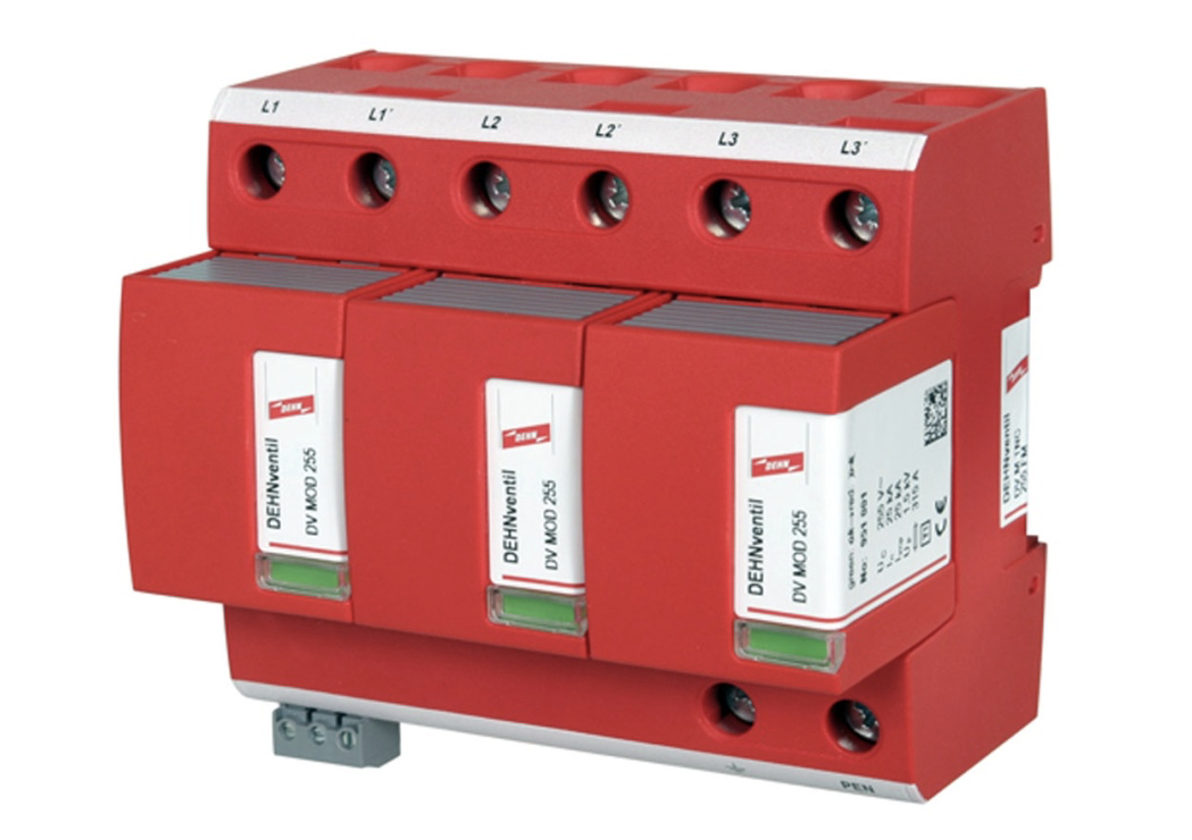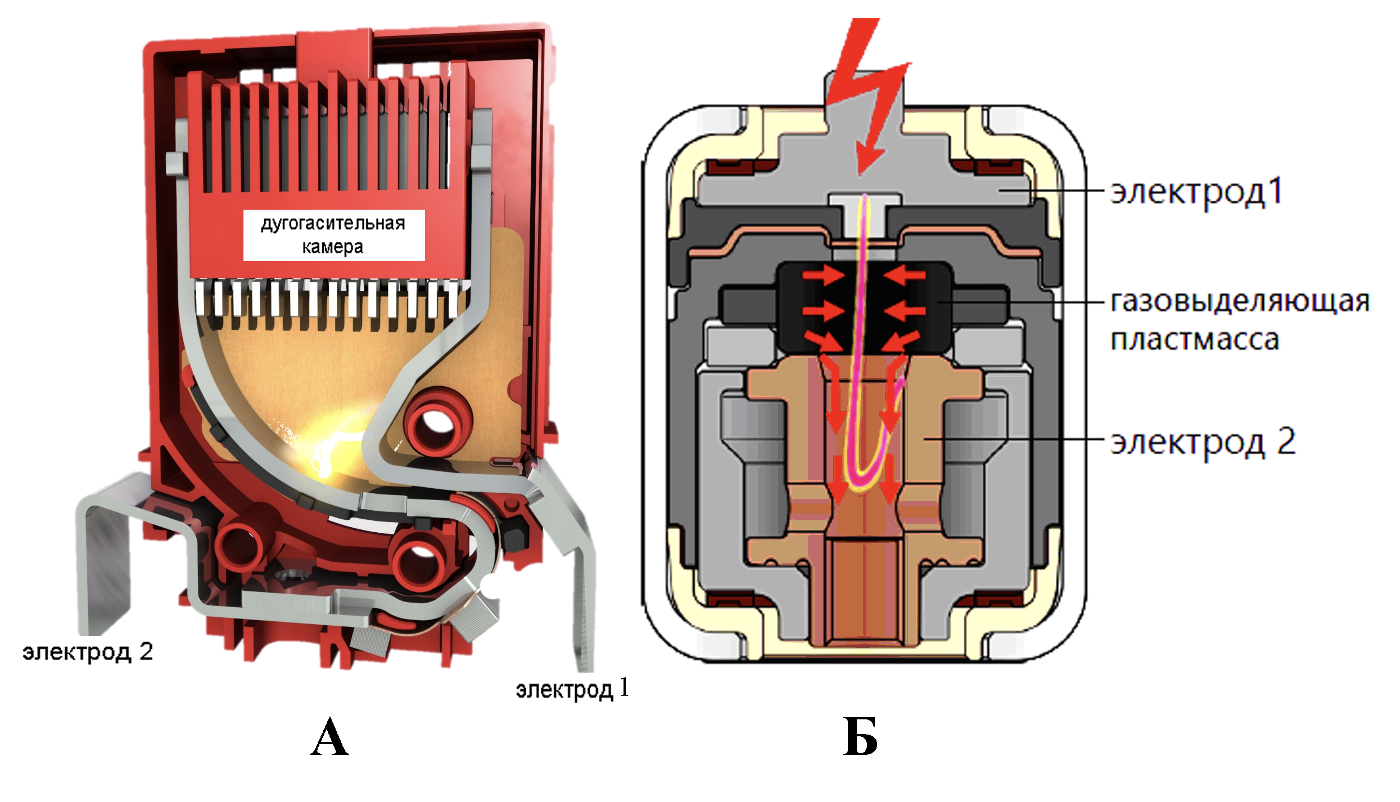13.05.15 , ,
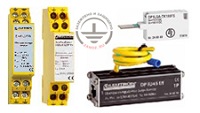
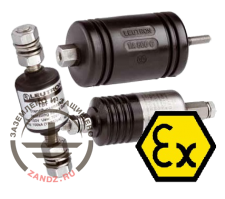
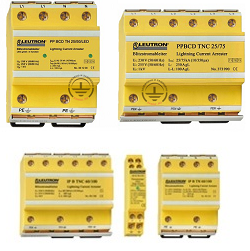
Modern SPD manufacturers are divided into three different classes or there are various combinations (1+2, 1+2+3). Let's see where this classification comes from and what it means.
In accordance with GOST R 51992-2011 (IEC 61643-1-2005) "Low-voltage surge protection devices. Part 1. Surge protection devices in low-voltage power distribution systems. Technical requirements and test methods" all SPDs should be tested. The nature of these tests and their order is strictly regulated by the same GOST. Test classes are defined depending on how SPDs are being influenced. Yes, that's right: the familier SPD classes are nothing else than classes of tests performed on them.
For ease of understanding, let's consider the basic test exposures, which SPDs face:
- Impulse limp current with the wave form 10/350 microseconds - is a very powerful impulse, which may arise in the network only at direct lightning strike into the external lightning protection system of the facility or in the overhead power line.
- Discharge current (nominal In or maximal Imax) with the wave form 8/20 ms - current pulse with a much lower energy than Iimp; it may occur in the network due to secondary (induced) lightning impacts.
- Voltage impulse with the wave form 1.2 / 50 ms - this impact verified the ability of the SPD to limit the output voltage of the device up to a certain level.
Depending on the combination and magnitude of these impacts, there are the following classes of SPD tests:
1. SPD of class 1 are designed to divert partial lightning currents and are installed if there is a risk of a lightning strike into the external lightning protection of an object or in an overhead line. Accordingly, they should be tested with limp impulse current, In nominal discharge current and voltage pulse. Typical SPD of this class can withstand limp of 20-50 kA (on one device pole) and limit the voltage impulse up to 4 kV.
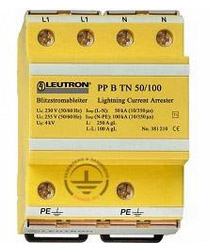
2. SPD of class 2 are used as:
- protection from secondary (induced) effects of lightning in the facilities where flow of partial lightning currents is impossible
- second protection stage (SPD of class 1) to ensure a more effective protection.
They should be tested by nominal In and maximal Imax discharge current and voltage pulse. Typical SPD of this class can withstand up to 40 kA Imax, In from the range of 2.5; 3.0; 5.0; 10; 15 kA and limit voltage pulse to 1.5-2.5 kV.
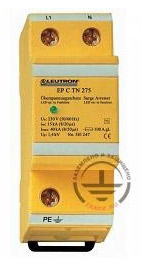
3. SPD of class 3 are designed to protect against residual (after response of SPD of class 1 or 2) or repeatedly induced (at a long spreading of wires) surges. They must be installed in close proximity to the protected device.
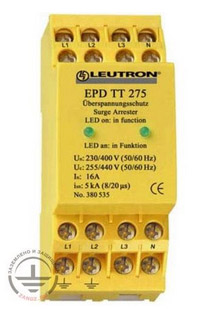
These SPDs are exposed to the nominal discharge current In and voltage pulse. Typical SPD of this class can withstand up to 10 kA In and limit voltage pulse
to 1,5-1,0 kV.
It became clear that in order to select an appropriate SPD it is necessary to ask 2 questions first:
1. Is there a risk of a direct lightning strike into the external lightning protection system of the facility or in the overhead power line over which it is receiving power? (Is SPD of class 1 required)
2. Up to what level we need to limit the voltage pulse? (Are the next stages from SPD of class 2 and 3 required).
The main reference point when answering the second question is the dielectric strength of the insulation of wires and devices used in the facility. To ensure the integrity of the electrical wires it is usually sufficient to limit surge voltage to 4 kV; to protect equipment - 1,5-1 kW.
This article explains only the main principles of the divison of SPDs into test classes. Technical description of each SPD contains a lot of important and necessary characteristics, by which the device is selected into the protected network. For a more detailed consultation, you can always contact our technical center.
See also:
Related Articles:


